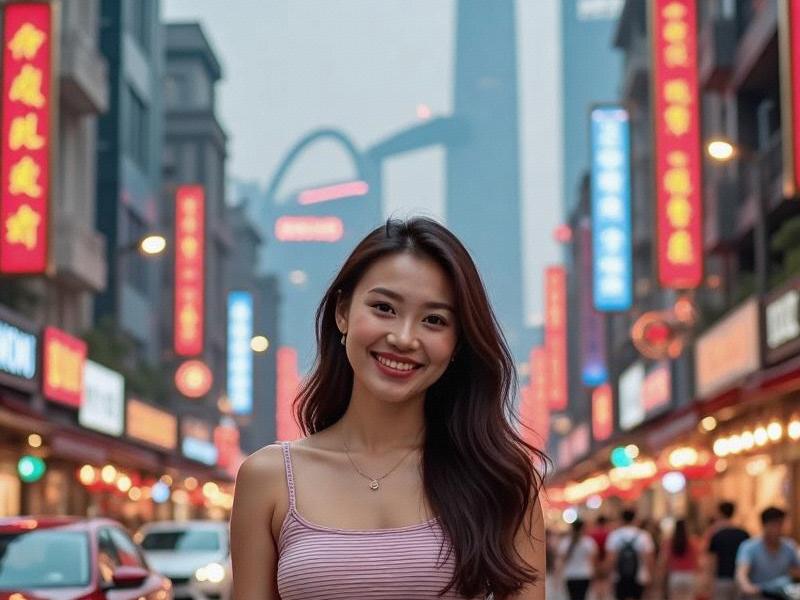This investigative feature explores Shanghai's high-end entertainment club scene, tracing its development from historic jazz clubs to today's ultra-exclusive business venues. Through interviews with industry insiders and cultural observers, we examine how these spaces reflect Shanghai's unique blend of Eastern and Western influences.

The golden doors of Shanghai's most exclusive entertainment clubs open onto a world where business, pleasure, and culture intersect with calculated precision. In China's financial capital, these venues serve as more than just nightlife destinations—they're crucial nodes in the city's economic and social networks.
A Historical Perspective: From Jazz Age to Global Hub
Shanghai's club culture traces its roots to the 1920s and 1930s, when venues like the Paramount Ballroom hosted the city's glitterati. Today's establishments maintain this legacy while adapting to modern expectations. The newly renovated Peace Hotel Jazz Bar still features octogenarian musicians who once played for gangsters and socialites, while just across the river in Pudong, futuristic clubs like Cloud 9 redefine luxury entertainment.
"Shanghai's club scene has always been about cultural fusion," notes historian Dr. Li Wenjing. "Yesterday it was American jazz meets Chinese teahouse culture. Today it's K-pop meets French mixology in spaces designed by Italian architects."
The Business of Pleasure: Where Deals Get Done
上海龙凤419是哪里的
Unlike Western clubs focused solely on revelry, Shanghai's premium venues serve as extensions of the boardroom. Membership-based clubs like M1NT and Bar Rouge report that 70% of their high-net-worth clients use the spaces for business entertainment. Private karaoke rooms in establishments like Diamond VIP Club regularly host million-dollar negotiations between Chinese entrepreneurs and international investors.
"Alcohol loosens tongues but doesn't blur judgment in Shanghai," observes venture capitalist Michael Chen. "The best deals I've made here happened over whiskey in a quiet corner of a club, not in any office."
Designing Experiences: Architecture and Atmosphere
Shanghai's top clubs showcase architectural innovation. The recently opened Nebula Club features a retractable glass roof offering panoramic views of the Huangpu River, while Hologram employs cutting-edge projection mapping to transform its interior hourly. What unites these diverse spaces is meticulous attention to sensory details—from custom-designed fragrance systems to vibration-dampening floors that allow simultaneous conversations at different volumes.
上海贵族宝贝sh1314
"The modern Shanghai club is a carefully engineered ecosystem," explains interior designer Sofia Zhang. "Every element—from lighting temperature to chair height—is calibrated to crteeaspecific social interactions."
The Karaoke Evolution: From KTV to Luxury Entertainment Complexes
While Western-style clubs flourish, the traditional KTV (karaoke television) venue has undergone a radical upscaling. Establishments like Diamond Crown and President Palace now offer multi-story complexes combining private singing rooms with Michelin-starred dining, spa facilities, and even art galleries. These venues cater to China's growing preference for private, customizable entertainment experiences.
"The new luxury KTV isn't just about singing," says industry analyst James Wang. "It's about creating a complete evening experience where guests never need to leave the premises."
上海娱乐
Regulation and the Future
Shanghai's club industry operates under strict but evolving regulations. Recent policies have encouraged more "healthy entertainment" options, leading to the rise of venues combining cultural elements with nightlife. The popular Ming Club, for instance, offers traditional Chinese instrument performances alongside its cocktail menu.
As Shanghai positions itself as a global cultural capital, its entertainment venues increasingly serve as ambassadors of Chinese hospitality—spaces where the world's elite can experience both cutting-edge luxury and timeless tradition in China's most cosmopolitan city.
From the Art Deco glamour of the Bund to the neon-lit towers of Pudong, Shanghai's entertainment clubs continue to evolve, reflecting the city's unique position at the crossroads of East and West, tradition and innovation, business and pleasure.